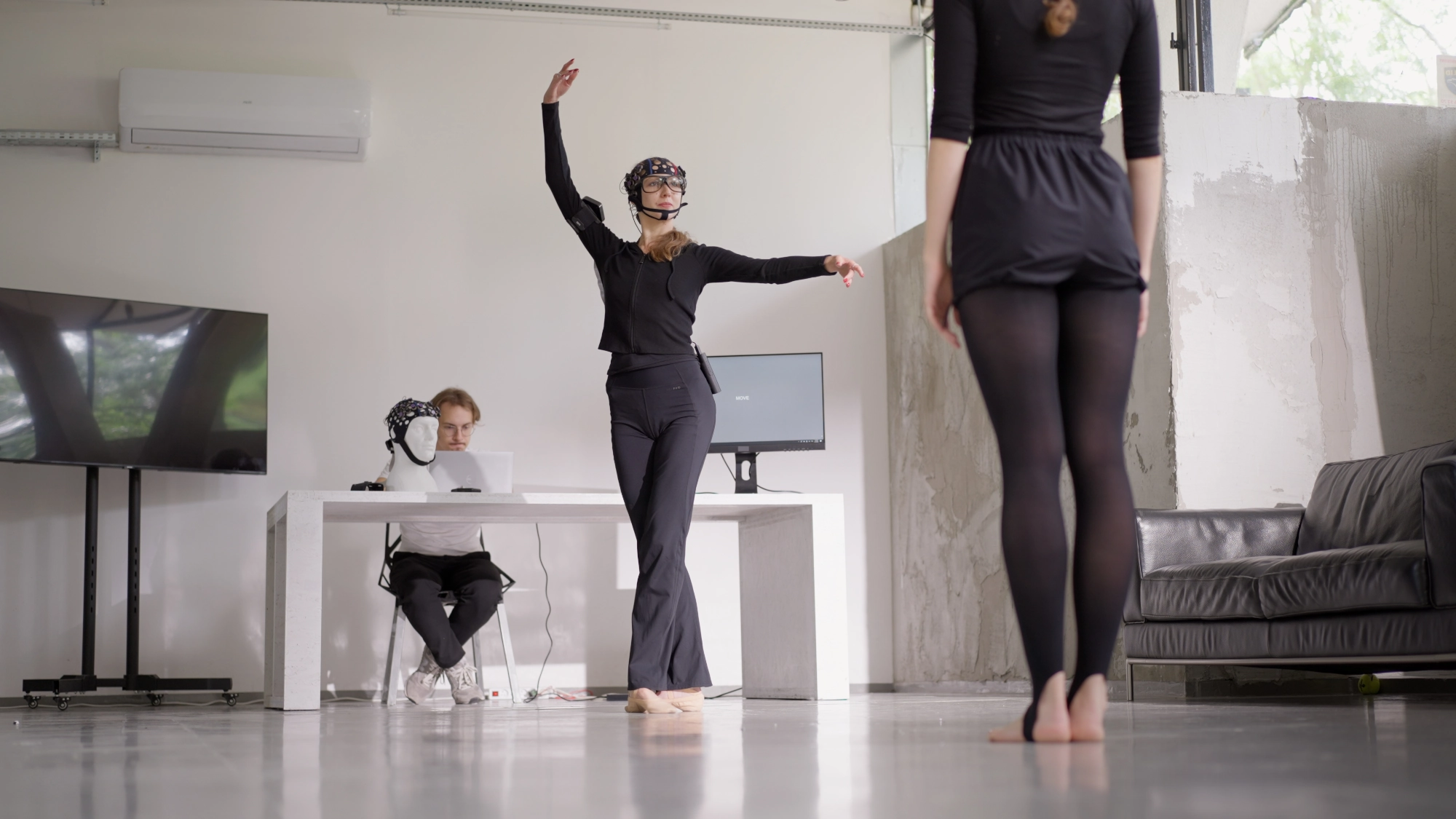
Understanding Movement Studies
Movement studies explore the interaction between brain activity and physical motion, shedding light on how the brain coordinates motor tasks, adapts to new environments, or recovers from injuries. These studies are crucial for fields like sports science, physical rehabilitation, and cognitive-motor integration, helping researchers understand performance, fatigue, and recovery.
How fNIRS Supports Movement Research
Functional Near-Infrared Spectroscopy (fNIRS) is uniquely suited for movement studies, as it measures brain oxygenation changes non-invasively while participants perform dynamic tasks. Unlike imaging techniques like fMRI, which restrict motion, fNIRS allows participants to move freely, making it ideal for studying real-world behaviors, sports activities, or rehabilitation exercises.
Cortivision’s fNIRS systems, including the Spectrum C23 and Photon Cap, are designed to capture accurate hemodynamic data even during motion. Built-in features like motion artifact control and lightweight, ergonomic caps ensure reliable signal quality while maintaining participant comfort.
Advantages of fNIRS in Movement Studies
- Portability: Lightweight and wireless systems, like Cortivision’s solutions, allow researchers to conduct studies in natural environments, such as sports fields, rehabilitation centers, or even real-world urban settings.
- Motion Artifact Control: Integrated accelerometers and gyroscopes help reduce noise from participant motion, ensuring clean, usable data.
- Non-Invasiveness: fNIRS systems are safe and non-restrictive, enabling participants to perform natural movements without interference.
- Real-Time Insights: Cortivision’s software provides real-time monitoring of brain oxygenation changes, allowing researchers to observe cognitive and motor interactions as they happen.
- Flexible Applications: Whether examining athletic performance, studying motor recovery in stroke patients, or analyzing multitasking in daily activities, fNIRS adapts to a wide range of movement-based research.
Practical Applications
Cortivision’s fNIRS technology has been applied in:
- Sports Science: Tracking cognitive load and brain performance during training or competitions.
- Rehabilitation: Monitoring motor recovery in patients with neurological disorders, such as stroke or traumatic brain injury.
- Cognitive-Motor Studies: Understanding the brain’s role in multitasking, balance, or adapting to new motor tasks.
Cortivision empowers researchers to uncover the intricate connections between brain activity and movement, driving advancements in neuroscience, sports, and healthcare.